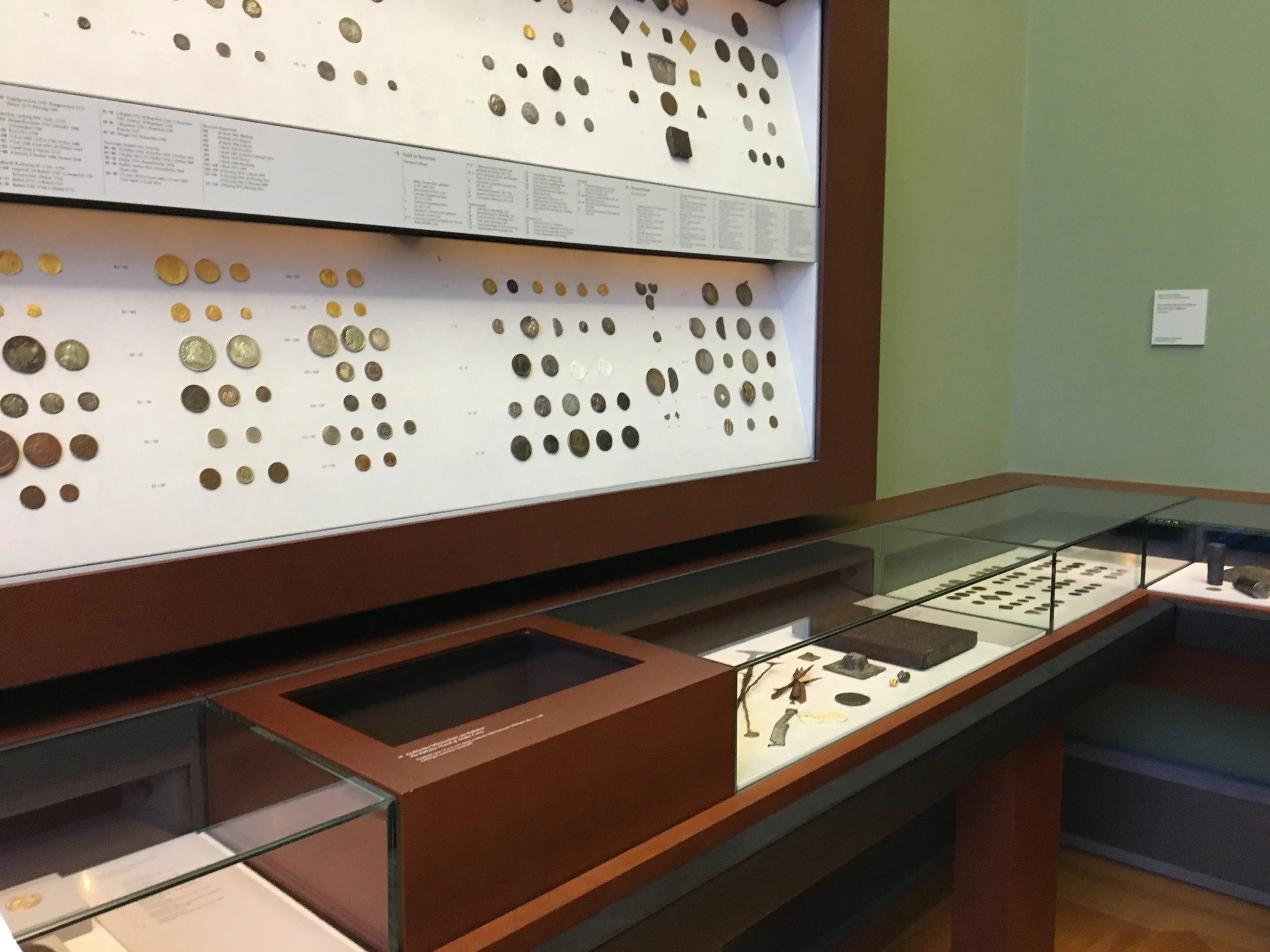The enquiry merges textile craft and feminist discourse and methodologies to probe women’s subjectivities. Through inherited objects and memories, it considers generational wounds and patriarchal neglect as channels for trauma narratives, and explores material objects as acts of ‘re-membering’. It examines the significance of drawn thread embroidery work or Taarkashi as a tangible link between individuals across cultures, generations, and geographies. The juxtaposition of reflective pieces and needlework enables me to experience Taarkashi as practiced by my great-grandmother, Amma. Simultaneously, the craft becomes a testimony to limitations as it can only be done on an open-weave fabric, horizontally or vertically. This constraint reminds me of how the freedom and exposure of skilled women needle workers in the Punjab Province are gendered and controlled by society through disciplines of various kinds.
- November 2024
- September 2024
- August 2024
- July 2024
- May 2024
- January 2024
- December 2023
- November 2023
- June 2023
- May 2023
- September 2022
- August 2022
- May 2022
- April 2022
- October 2021
- June 2021
- May 2021
- March 2021
- February 2021
- December 2020
- September 2020
- August 2020
- July 2020
- June 2020
- January 2020
- December 2019
- October 2019
- September 2019
- August 2019
- July 2019














